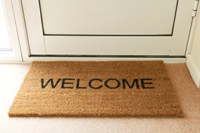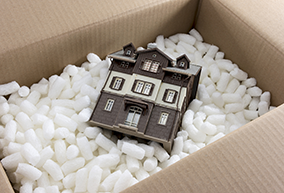
If you’ve played the game Monopoly, you’ve probably picked up the Chance card that reads, “Take a walk on the Boardwalk. If you pass Go…”
That’s good advice when shopping for a new home. When you see a property you like and you’re thinking of making an offer, spend some time walking around the area. This will give you a better sense of what it’s going to be like to live there.
After all, the last thing you want is to buy a dream home only to find out later that there are issues with the community that make living there miserable.
If you have kids, see how far a walk it is to local parks, playgrounds, schools and community centers.
If you commute, you might also check out the route from the home to your place of work. Is there a left turn that is likely to get backed up in the mornings?
Also, check out how well the people take care of their properties. Homeowners tend to keep their homes looking good if they enjoy the community.
As you walk, listen. Are there noises from nearby high schools, industrial areas, or highways that are going to be unpleasant for you? Find out if the community is near an airport flight path, or if there is a railway in the area.
If you get a chance, talk to some of the people on the street. Ask them what they like most about living in the area. You’re likely to get some candid – and useful – answers.
Finally, spend some time visualizing living in the area. Can you see yourself enjoying what the community has to offer?
If so, then buying a home in that area will likely be a good choice for you.










